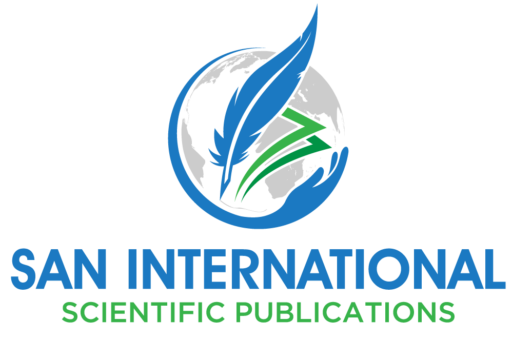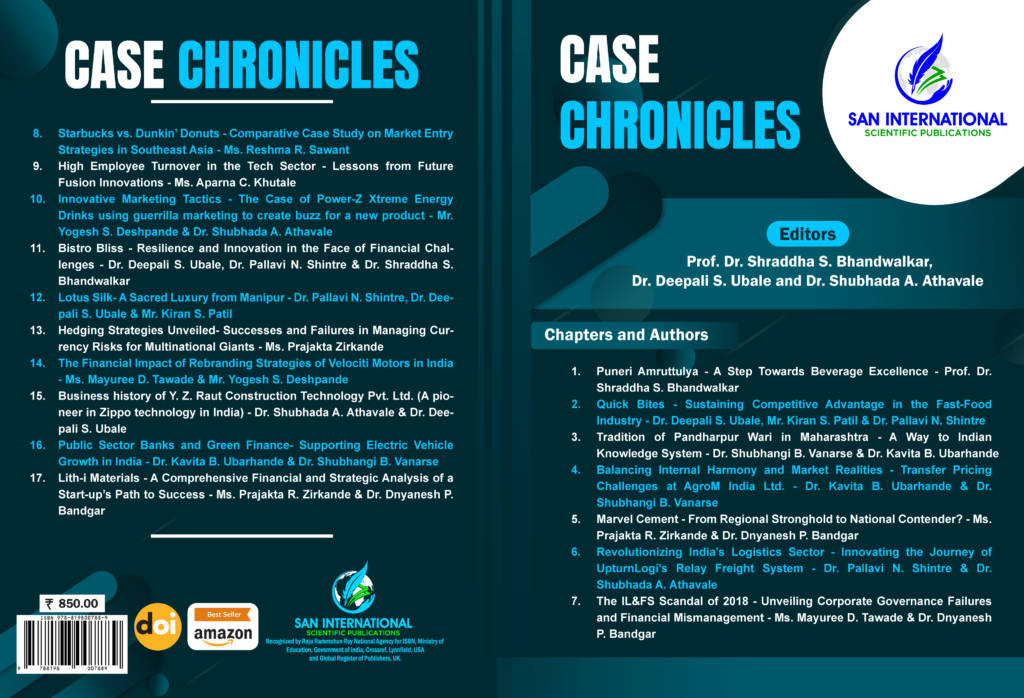Book Title: Case Chronicles
Editors: Prof. Dr. Shraddha S. Bhandwalkar, Dr. Deepali S. Ubale and Dr. Shubhada A. Athavale
ISBN: 978-81-980078-8-9
Chapter: 9
DOI: https://doi.org/10.59646/cc9/274
Author: Ms. Aparna C. Khutale
Abstract
Future Fusion Innovations, a leading technology firm recognized for its ground-breaking work in artificial intelligence, cloud computing, and cybersecurity, is facing a critical challenge despite its impressive growth and global reach. The company has become a significant player in the tech industry, driven by its commitment to innovation and excellence. However, a high employee turnover rate, particularly among its vital technical and engineering teams, has emerged as a major concern. Addressing this challenge is crucial for Future Fusion Innovations to ensure its long-term stability and continued leadership in the technology sector. A SWOT analysis reveals that while the company’s strong HR structure, global reach, and commitment to employee development are significant strengths, the high turnover rate exposes weaknesses that could undermine these advantages. By focusing on opportunities such as enhancing employee retention strategies, investing in leadership development, and expanding its global talent pool, the company can mitigate the risks posed by a competitive job market and potential damage to its reputation. Successfully navigating these challenges will be key to sustaining Future Fusion Innovations’ reputation as a pioneer in technology and securing its future growth.
Keywords: Employee engagement, talent retention, high turnover, compensation packages, career development, HR practices, organizational loyalty
References
- Boxall, P., & Purcell, J. (2016). Strategy and Human Resource Management (4th ed.). Palgrave Macmillan.
- Cascio, W. F., & Boudreau, J. W. (2016). Investing in People: Financial Impact of Human Resource Initiatives (3rd ed.). Pearson FT Press.
- Cappelli, P. (2008).
- Dessler, G. (2020). Human Resource Management (16th ed.). Pearson.
- Fitz-enz, J. (2009). The ROI of Human Capital: Measuring the Economic Value of Employee Performance (2nd ed.). AMACOM.
- Gallup. (2021). State of the Global Workplace 2021 Report. Gallup, Inc.
- Goldsmith, M., & Carter, L. (2010). Best Practices in Talent Management: How the World’s Leading Corporations Manage, Develop, and Retain Top Talent. Pfeiffer.
- Guest, D. E. (2017). Human resource management and employee well-being: Towards a new analytic framework. Human Resource Management Journal, 27(1), 22-38.
- Huselid, M. A., & Becker, B. E. (2011). The Workforce Scorecard: Managing Human Capital to Execute Strategy. Harvard Business Review Press.
- Kotter, J. P. (2012). Leading Change. Harvard Business Review Press.
- Kramar, R. (2014). Beyond strategic human resource management: Is sustainable HRM the next approach? The International Journal of Human Resource Management, 25(8), 1069-1089.
- Lepak, D. P., & Gowan, M. (2016). Human Resource Management: Managing Employees for Competitive Advantage (2nd ed.). Chicago Business Press.
- Noe, R. A., Hollenbeck, J. R., Gerhart, B., & Wright, P. M. (2020). Human Resource Management: Gaining a Competitive Advantage (11th ed.). McGraw-Hill Education.
- Pfeffer, J. (1998). The Human Equation: Building Profits by Putting People First. Harvard Business Review Press.
- Schaufeli, W. B., & Bakker, A. B. (2004). Job demands, job resources, and their relationship with burnout and engagement: A multi-sample study. Journal of Organizational Behaviour, 25(3), 293-315.

